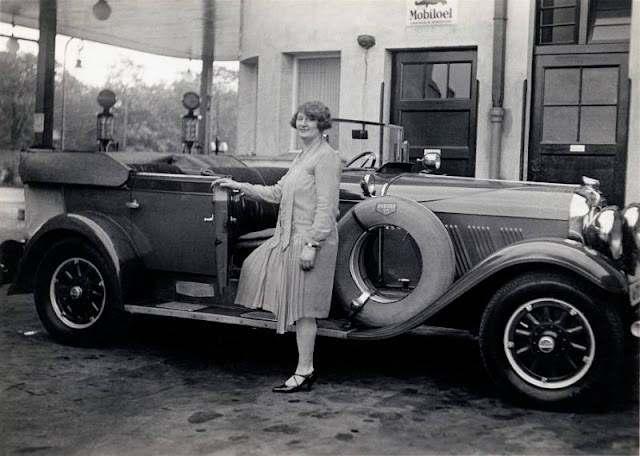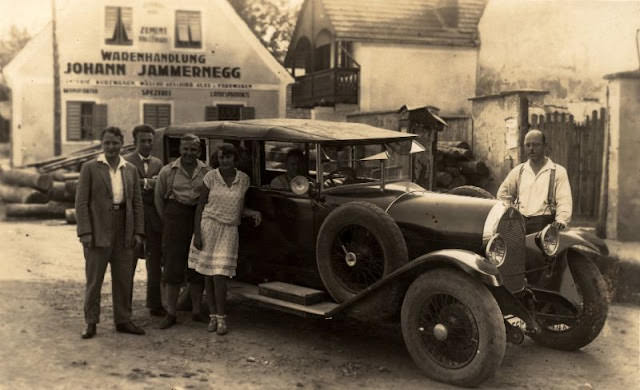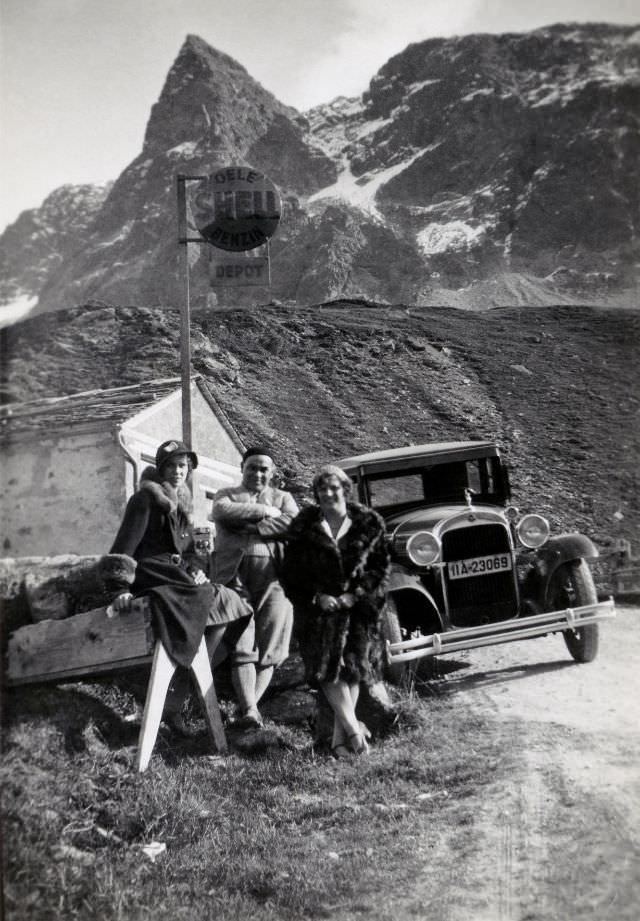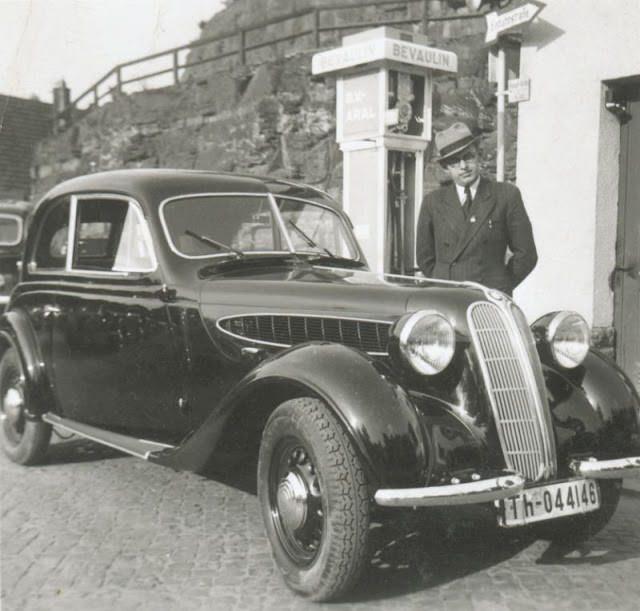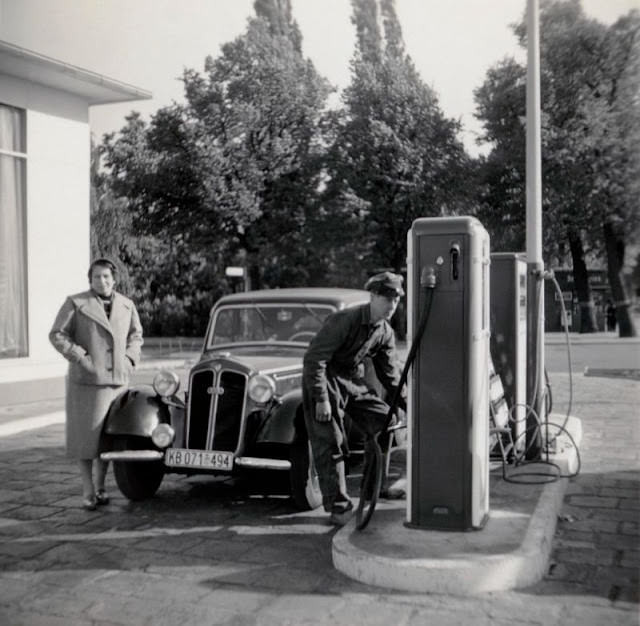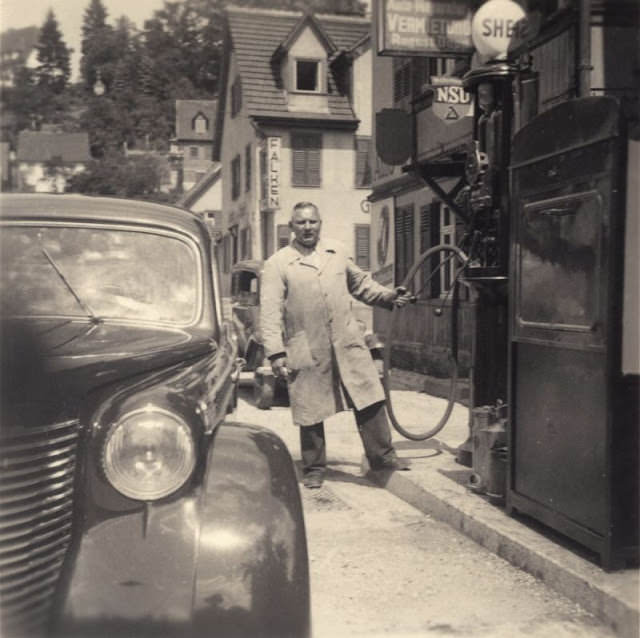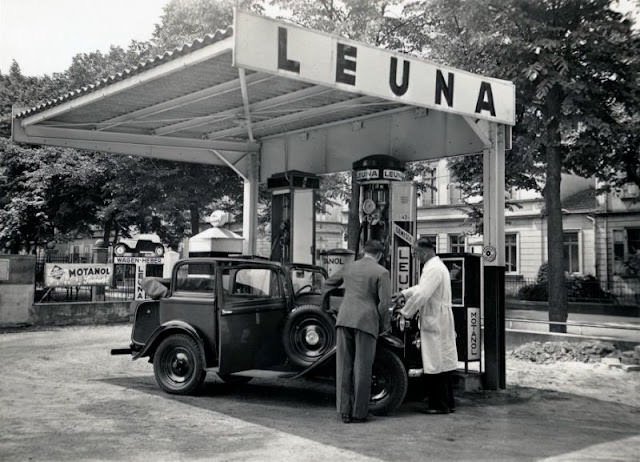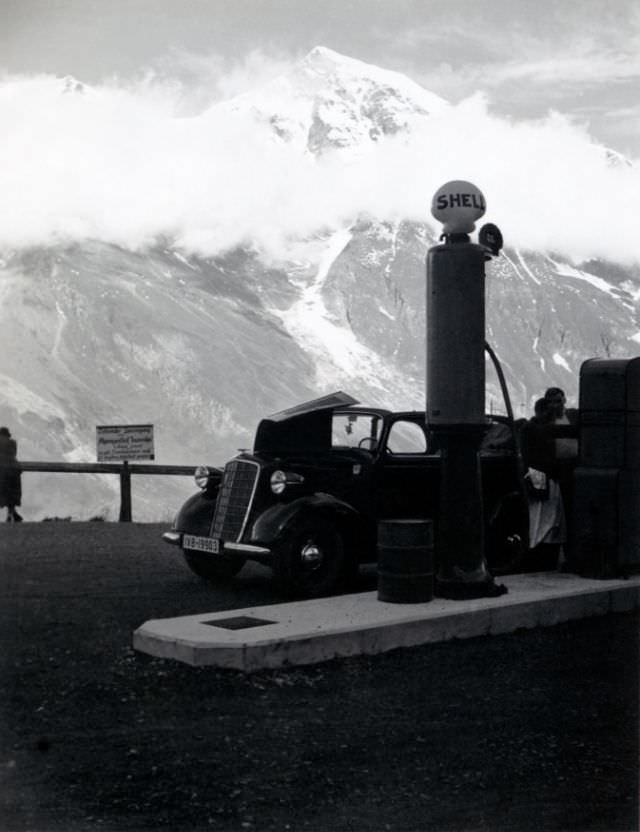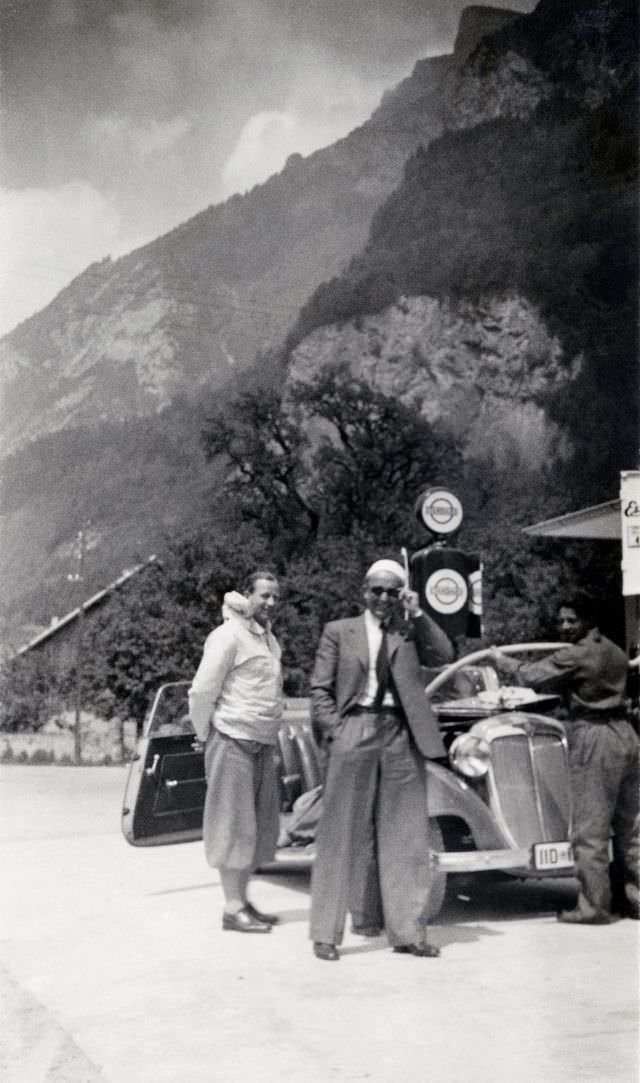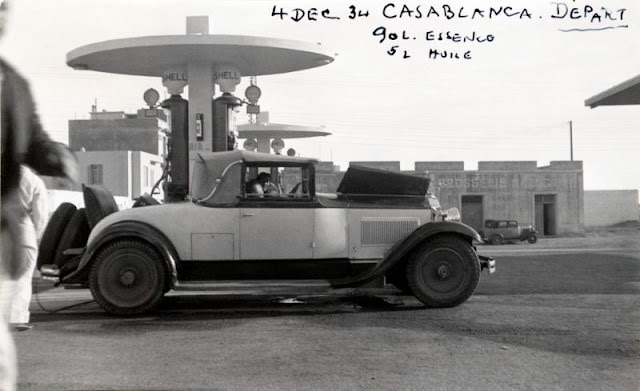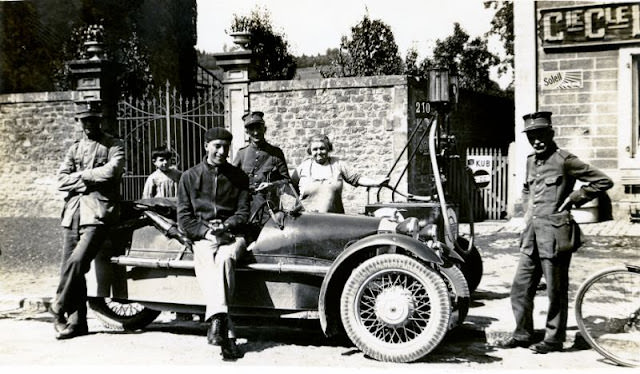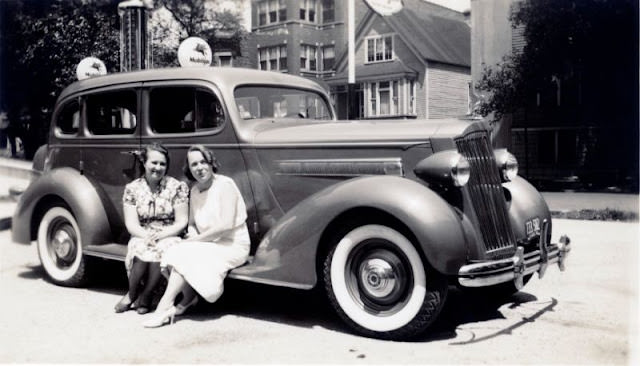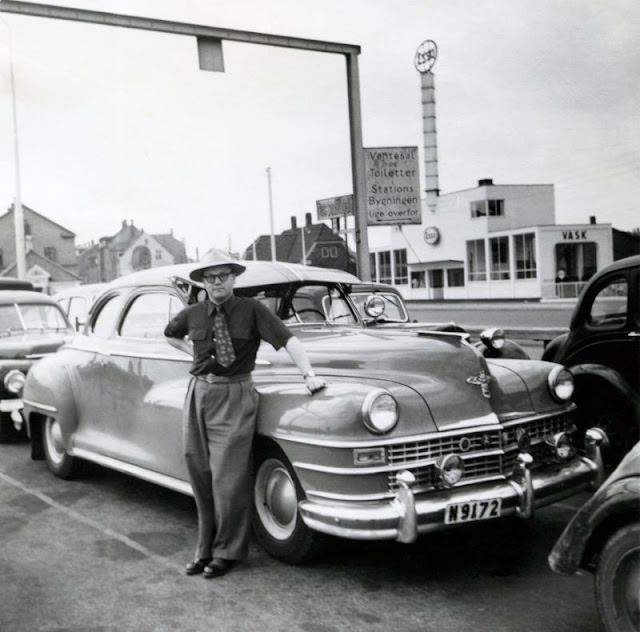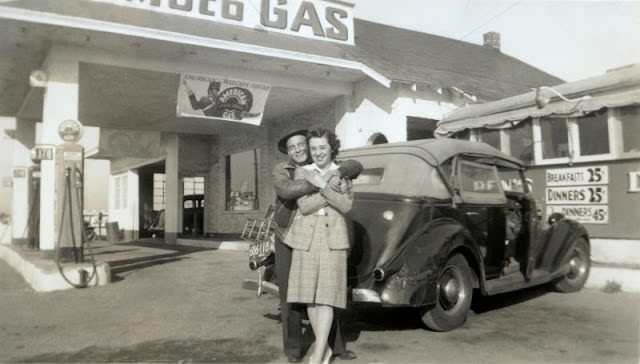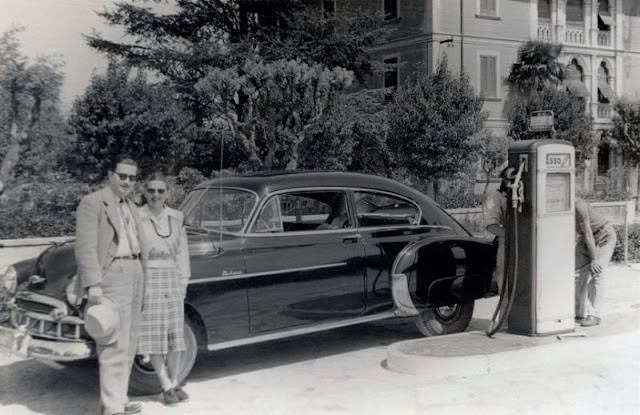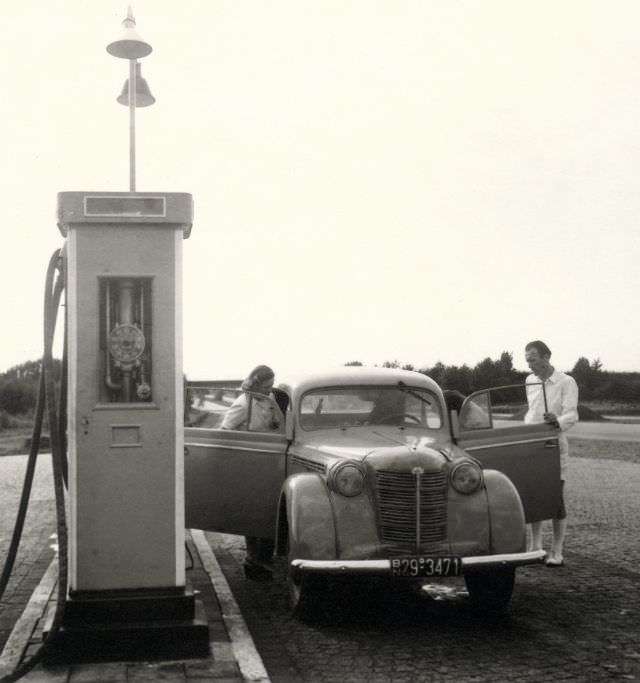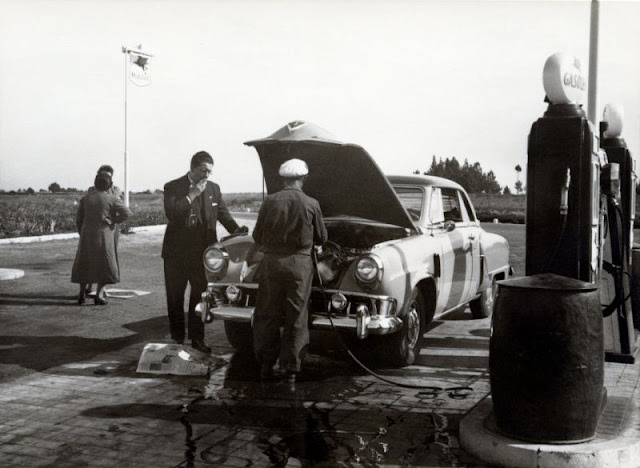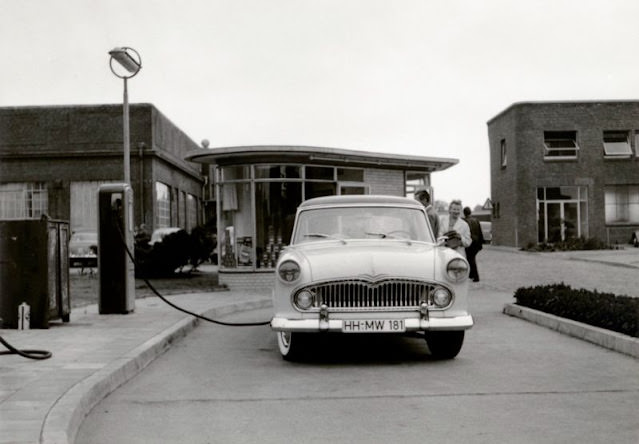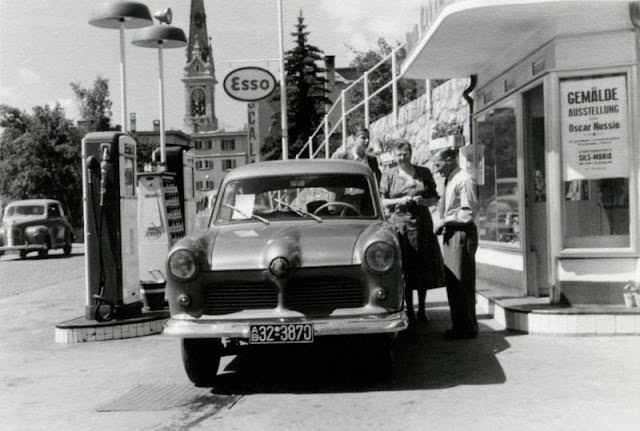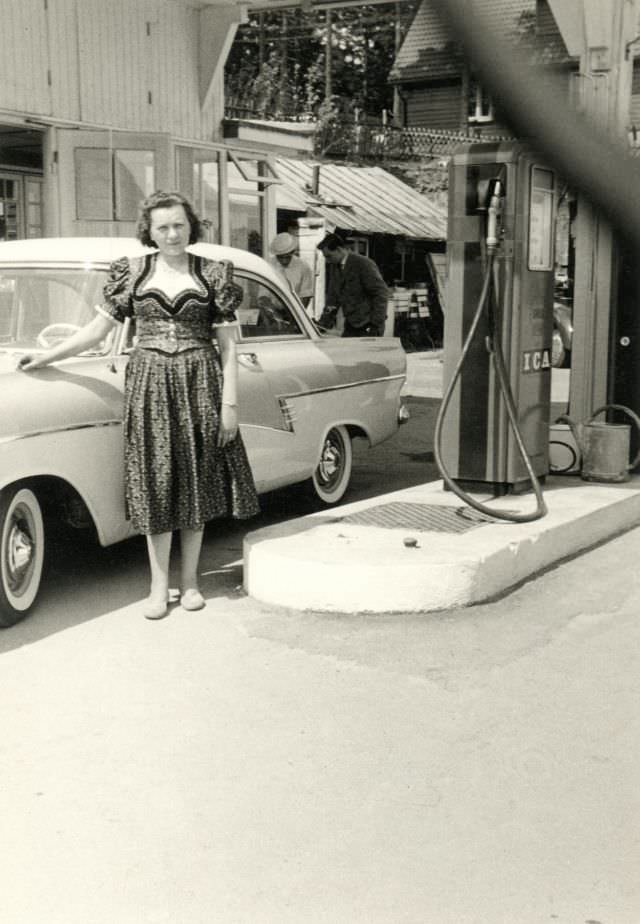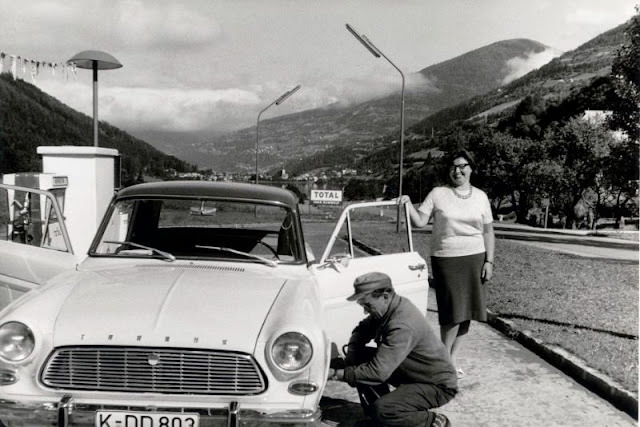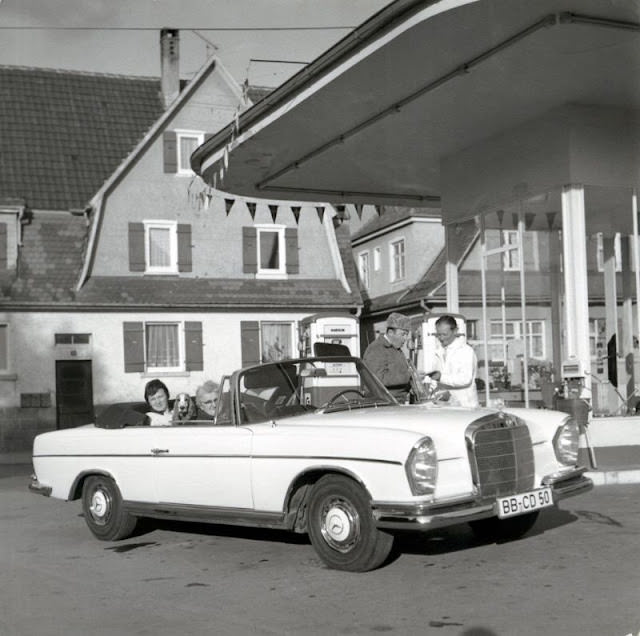In the 1920s, the concept of filling stations began to evolve significantly. This period marked the transition from simple curbside gasoline pumps to more dedicated service stations. The proliferation of automobiles necessitated a more structured approach to fuel distribution. Early filling stations were often no more than a pump at a general store or a dedicated roadside kiosk, reflecting the infancy of automobile culture.
The 1930s saw a transformation in the design and architecture of filling stations. As car ownership grew, companies started to invest in more eye-catching designs to attract customers. Art Deco and Streamline Moderne styles became popular, featuring bold geometric shapes and sleek lines. These stations often included amenities like restrooms and small repair shops, offering more than just fuel.
The 1940s were significantly impacted by World War II. Filling stations faced gasoline rationing and other resource limitations. This period didn’t see much in the way of development or architectural innovation in service stations due to the war effort and its economic constraints. However, the post-war period marked a resurgence in automobile travel and, consequently, the growth of service stations.
The 1950s marked a period of expansion and standardization for filling stations. The post-war economic boom led to increased automobile ownership and interstate travel. Major oil companies began standardizing their station designs for brand recognition. This era saw the introduction of more uniformed service, cleaner facilities, and the widespread adoption of self-service options.
By the 1960s, filling stations were beginning to transition into the modern service stations we recognize today. The emphasis shifted towards convenience, with stations increasingly offering a variety of services such as car washes, convenience stores, and fast food outlets.


